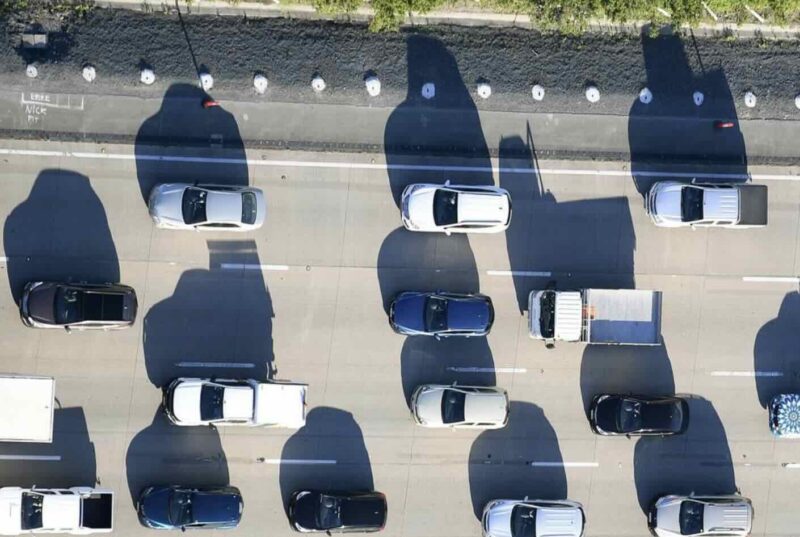Australians drive some of the dirtiest vehicles in the world, according to a transport study, which found cars Down Under produce more pollution than vehicles in Romania, Croatia and Bulgaria, among others.
But the National Transport Commissionresearch, released on Tuesday, also found new vehicles were producing less pollution than older models, even though they were often bigger than the cars they replaced.
The study comes after Australia registered rising sales for hybrid and plug-in hybrid vehicles in November but lower new vehicle sales overall.
The commission’s Light Vehicle Emissions Intensity report analysed registration information from Austroads, sales figures from the Federal Chamber of Automotive Industries, and emissions data.
It found vehicle pollution dropped by five per cent in Australia during 2023, fuelled by the adoption of more electric and hybrid vehicles.
The fall came after five years of modest emission reductions, commission chief executive Michael Hopkins said, during which it appeared progress had stalled.
“From 2017 to 2021, Australia’s emissions intensity dropped by less than a per cent each year,” he said.
“But … the emissions intensity of new vehicles sold in 2023 was down by five per cent compared to 2022, marking the largest percentage drop since our reporting began.”
Light vehicles sold in 2023 produced significantly fewer emissions than the average of Australia’s vehicle fleet, the study found, cutting 28.5 grams of carbon dioxide per kilometre.
But Australia’s lower vehicle emissions did not compare well to the rest of the world, with its average of 150 grams per kilometre for passenger cars and SUVs falling well behind European countries that registered an average of 107 grams.
Norway scored top spot for emissions intensity, with an average of less than 20 grams of carbon dioxide, while Australia ranked behind Slovakia, the Czech Republic and Poland.
Australia’s share of electric vehicles also fell behind many European countries, the report found, but sales of battery-powered and plug-in hybrid cars rose by 151 per cent during 2023, and their range grew by 100km compared with 2021.
“Our report shows that more people are choosing electric vehicles from a greater range, with 127 models available in 2023, up from just six in 2015,” he said.
Sales of hybrid vehicles also rose by 20 per cent during the year, which Mr Hopkins said had made “a material difference” to Australia’s transport pollution.
But while car emissions decreased, the size of the average vehicle in Australia increased.
The study found the average Australian vehicle had grown from a footprint of 8.3 metres square in 2003 to 8.8 in 2023, and the footprint of utes had grown even further, from 8.7 to 10.2 metres square.
The growth of what some have termed “autobesity” could be explained by motorists’ embrace of SUVs, which made up 59 per cent of all vehicles on Australian roads.
AAP

